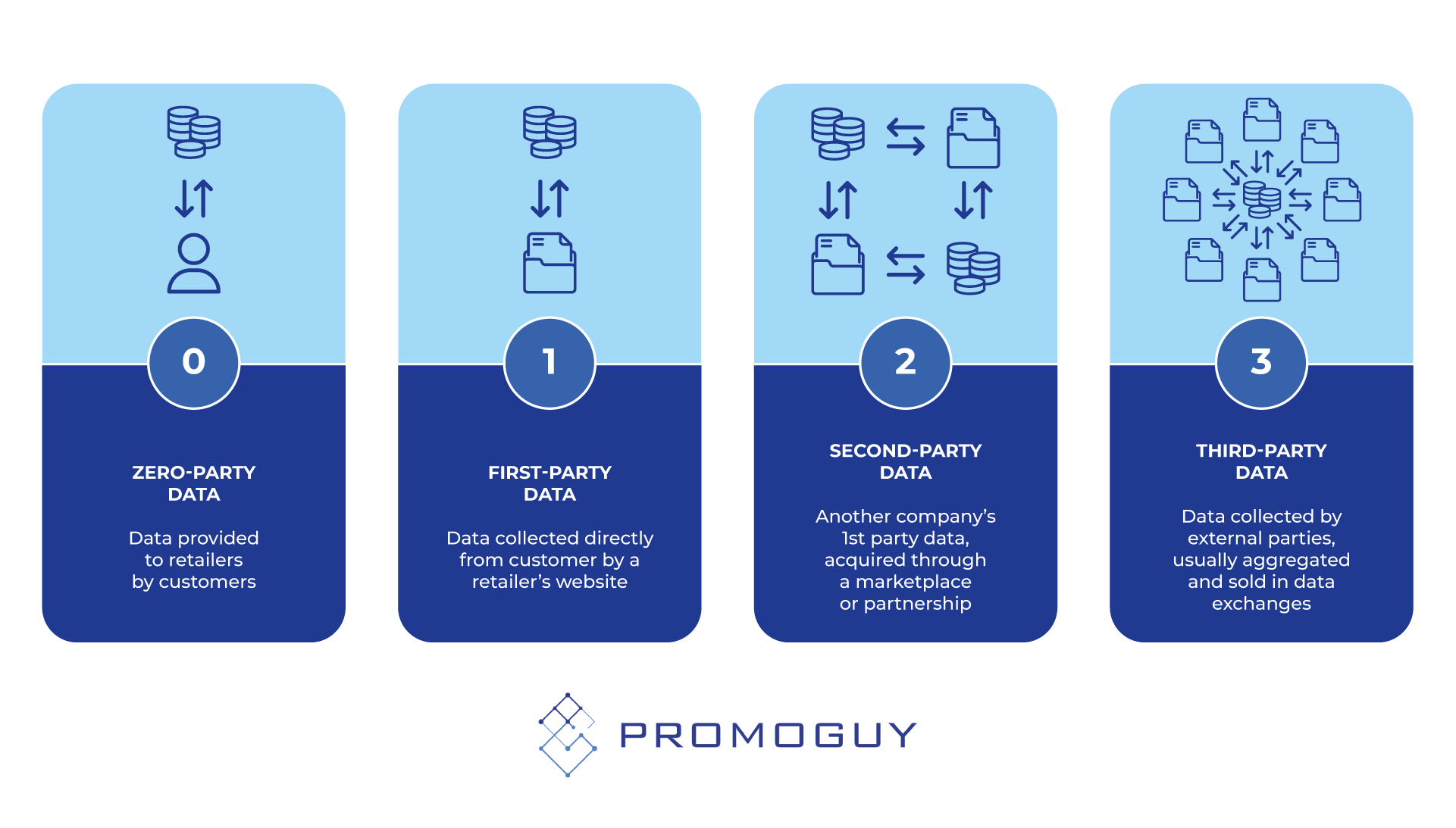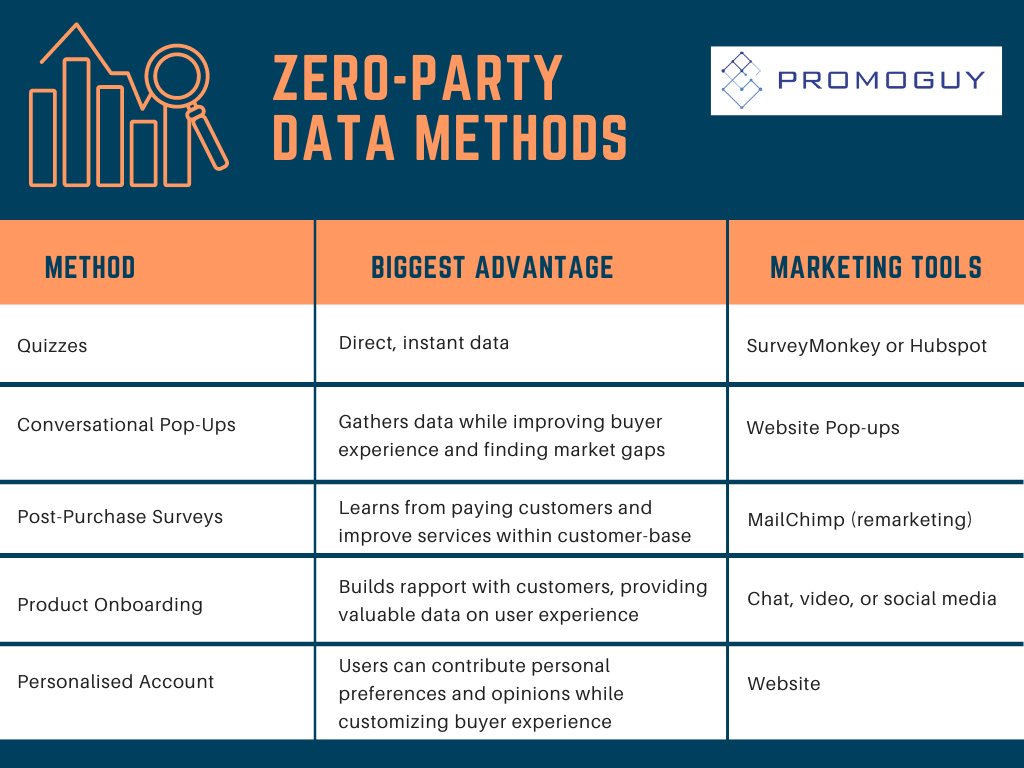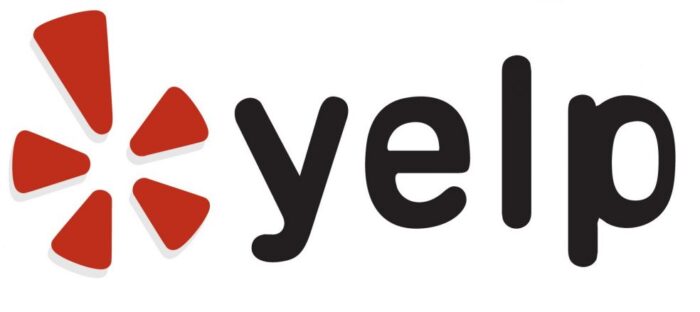Data-gathering methods have been a major boon to digital marketing as a whole. However, they have not come without controversy or privacy breaches. With changes in international legislation to help protect consumer rights and the growing reluctance of the average consumer to engage in data sharing, zero-party data offers an alternative worth considering.
Zero-Party Data Definition
In concept, Zero-Party data collection has an elegant premise. It is data that the customer or target group intentionally and proactively shares with a marketer, business, or organization. It is particularly handy in a cookieless culture where marketing is moving beyond the grey areas of modern data collection methods.
Allegedly, Forrester Research came up with the term and popularised its usage. As a form of data, it spans a wide range of useful customer information. It can include (but is not limited to) preference centre data, purchase intentions, personal contexts, and data on how individuals want to be recognized by a brand. The key is that the customer has to freely provide this data.
ZPD is also related to another concept: interactive marketing. Also known as event-driven or trigger-based marketing, this mode of promotion derives analytics from customer interactions. However, unlike other methods of pattern analysis, it is collaborative and utilizes active engagement rather than passive behavioural analyses.
One of the advantages of zero-party data is that it can, with consent, gather data that other methods can not. For example, personal information is one type of data Google Analytics prohibits collecting, but thanks to the consensual nature of ZPD, it’s perfectly fine.
Big Data in Marketing
The traditional market data approach involves a number of different methods, from first-party to third party. The largest stores of information in the big data field come from third-party data providers and collectors. Third-party data stores have a massive breadth and scope. While it is undoubtedly a useful industry, it’s come under fire for its practices and the unintended consequences that follow from them.
One of the big reasons companies and international organizations are looking for alternatives is the loss of consumer confidence in traditional methods due to third-party data breaches. This also coincides with major changes in how international organizations consider data collection practices.
To understand the difference between the traditional multiple levels of data, here’s a breakdown:

- First-Party Data: data collected by the company based on behaviour it notes among customers or outside consumers. For example, you run a fashion website and you collect data from first-party, opt-in cookies.
- Second-Party Data: this form of data usually has the same limitations as first-party data but is shared between 2 brands or sellers. This would be like if you decide to buy consumer insights from a brand or website that competes with your store.
- Third-Party Data: Collected by an outside entity and its scope is far larger. Sometimes this features unstructured data that has to be given form by the collector. This would be akin to your website deciding to contact an analytics company and gathering anonymous consumer data that pertains to your target group or people who visit similar stores.
Zero-Party vs First-Party Data
There is a bit of confusion between ZPD and FPD. While the former is provided by the customer actively, the latter is provided passively, usually by visiting a website and agreeing to enable cookies.
Similarly, when comparing first-party data vs third-party data, the disassociation of the main parties (the consumer and the company employing the data in their operations) widens dramatically. The consumer is so distant from the process that they can not know whose hands their data ends up in. There is a massive gulf between gathering first-party pixel data and buying a massive dataset from a company.
- First-party cookies collect data which is only accessible to the websites the user has been on.
- Third-party cookies are shared between web domains, which allows advertisers and social media networks to target the marketing materials based on the pages they visit.
Conversely, Zero-Party data collection methods are more direct. They include:
- Quizzes
- Conversational Pop-Ups
- Post-Purchase Surveys
- Product Onboarding
- Personalized Accounts

Examples of Zero-Party Data & Collection Methods
Companies have been utilizing these data collection methods more and more in recent years. Here are a two examples from recent cases that illustrate the utility of ZPD.
Zero-Party Data Quiz Builds Beauty Brand Success

Beauty and hair products provider Miracle Mink, for example, used quizzes to great effect. They were able to increase revenue by six figures just by setting up a series of questions for their users to determine their ideal haircare regime. In doing so, they involved their customers and gathered crucial insights into market needs.
What made the quiz work well was that it provided reassurance and decreased buyer uncertainty in the target audience while it gathered data. What the company found was that a Conversational Pop-up using Octane AI would drive $154,000 in revenue in one month. The strategy had an astounding ROI and, unlike first to third-party data, made the customer feel more involved with a personalized experience.
Yelp Taps Into Customer Preferences

Yelp has been collecting zero-party data to offer service and product recommendations for quite some time. One of their major successes has been in restaurant recommendations due to their preference centre option. The option allows users to enter dietary, lifestyle and accessibility preferences for their desired customer experience.
The result? A far more informed algorithm that produces results that align with the needs of the customer. They also didn’t just utilize the data like other platforms would have. They informed the users which of their preferences align with which recommended business.
The transparency of the preferences would not have been as possible with other data methods considering how they make assessments covertly. As a result, this success was only made possible by the openness and collaborative format of ZPD.
If you’re looking for a zero-party data company to consult with, you’ve come to the right place.


